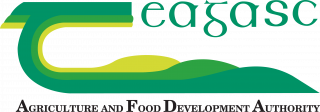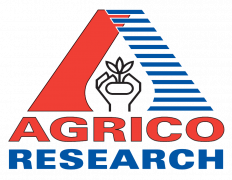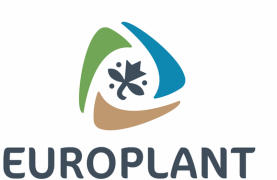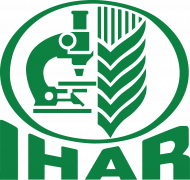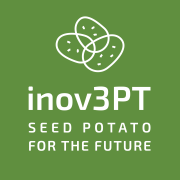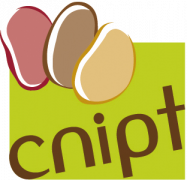In Kenya, despite the growing interest in potato production, the average yield remains stagnant at 6–10 t/ha, primarily attributed to limited access to quality seed. In this study, we revisit the challenges in production and supply of early generation seed by evaluating the efficiency and cost-effectiveness of three rapid multiplication techniques: rooted apical cuttings (RAC), aeroponics and sand hydroponics. We explore key questions regarding multiplication rates, set-up and operational costs, production variability, cost of the starter materials and considerations of overall performance. Results show significant differences in multiplication rates amongst cultivars across the three techniques and with no major interaction observed between cultivar maturity type and the multiplication technique used. None of the variations of the multiplication rates amongst cultivars would result in a preference of another multiplication technology because of the cultivar. Analysis of the cost of set-up and operation of the multiplication facilities shows aeroponics as the most expensive technique to implement, followed by RAC and sand hydroponics. Using a single production cycle per year, RAC and aeroponics achieved an average per-unit cost of production of 0.08 USD per cutting and 0.11 USD per minituber, respectively, compared to 0.29 USD per minituber for sand hydroponics produced in two production cycles per year. Using RAC as starter material for seed production contributed 50% of the total production cost, compared to 63% for minitubers from aeroponics and 82% for minitubers from sand hydroponics. Consequently, when using starter materials from the three techniques, per-unit production costs of basic seed are 0.35 USD, 0.45 USD and 0.86 USD for RAC, aeroponics and sand hydroponics, respectively. Overall, RAC comes out as the most efficient multiplication technique, whilst sand hydroponics could be a technology for robust, low investment environments. Whilst each technique demands different considerations in terms of its operations, the assessment underscores the pivotal role of starter material costs in shaping overall production costs and profitability of commercial seed production. Additionally, it raises questions regarding seed pricing and the optimal number of field generations required before selling certified seed from starter material derived from the different techniques. These findings provide valuable insights for stakeholders navigating the complex landscape of the seed potato business in Kenya.
Full publication URL

